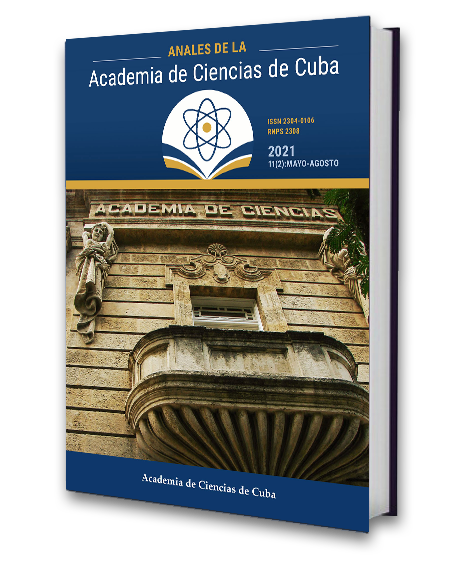SARS-CoV-2 transmission routes
Keywords:
SARS-CoV-2, COVID-19, airborne transmission, air conditioningAbstract
The SARS-CoV-2 epidemic was discovered in December 2019, in the city of Wuhan, Hubei province, China. Its types of transmission are direct contact with the infected person, indirect contact through intermediary objects via the hands and fomites, and the transport of virus-laden droplets in the air. The routes that make its high transmissibility possible are subject to considerable discussion, including the contribution of the aerosol to its transmission. In hospitals, aerosols are formed when performing therapeutic, diagnostic or surgical procedures. The half-life of the virus is around 1,1 to 1,2 h. It can remain stable on plastics, copper, steel and cardboard for 7 to 72 h. Inhalation of airborne droplets is probably the third route of infection. Hand washing, using a mask and keeping your distance are the fundamental prevention measures.Downloads
Downloads
Published
How to Cite
Issue
Section
License
The journal Anales de la Academia de Ciencias de Cuba protects copyright, and operates with a Creative Commons License 4.0 (Creative Commons Attribution-NonCommercial License 4.0). By publishing in it, authors allow themselves to copy, reproduce, distribute, publicly communicate their work and generate derivative works, as long as the original author is cited and acknowledged. They do not allow, however, the use of the original work for commercial or lucrative purposes.
The authors authorize the publication of their writings, retaining the authorship rights, and assigning and transferring to the magazine all the rights protected by the intellectual property laws that govern in Cuba, which imply editing to disseminate the work.
Authors may establish additional agreements for the non-exclusive distribution of the version of the work published in the journal (for example, placing it in an institutional repository or publishing it in a book), with recognition of having been first published in this journal.
To learn more, see https://creativecommons.org






